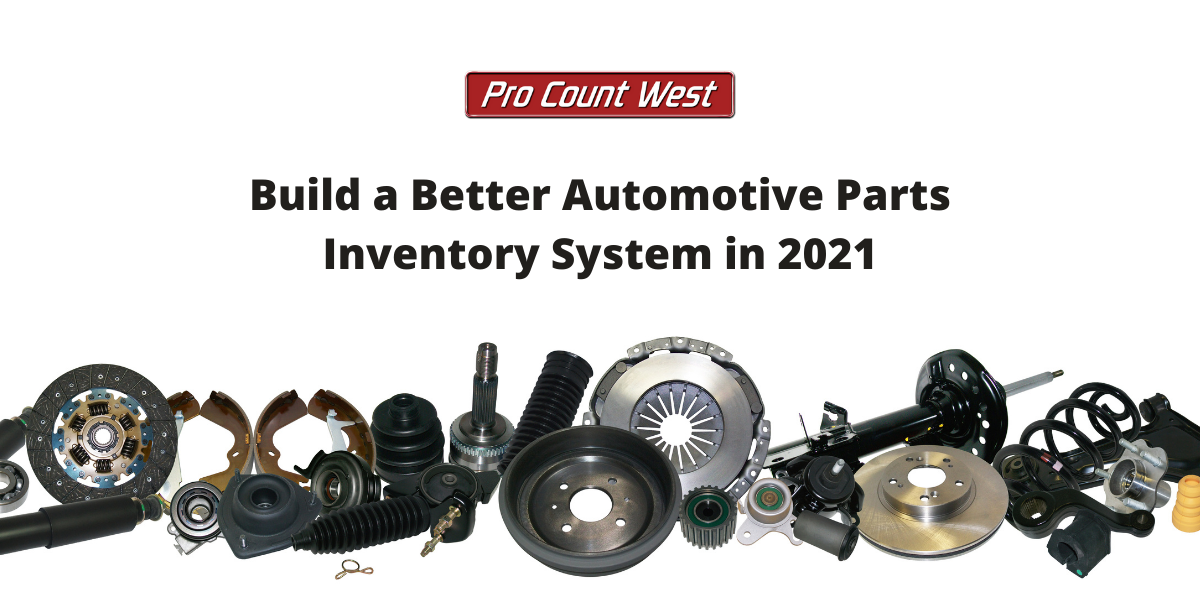Nationwide Coverage
Nationwide Coverage


A new year is always a time to rethink the previous year and start fresh to optimize your business. With 2020 being a year of upheaval and disruption, everyone is looking forward to work and home life returning to normal as soon as possible.
With shut downs and slow downs hitting revenue, it’s imperative to optimize cost controls and one way dealerships can do that is through better inventory management of auto parts.
You know the scenario.
You go to grab a part for a work order and it isn’t there. You’re digging through bins, looking between shelves, and asking other team members but it just isn’t there.
Maybe you didn’t receive the right amount on your past order. Perhaps the part wasn’t recorded on a work order. There are numerous reasons why parts go missing, but the bottom line is not only the cost of the missing inventory, but the time spent looking and a potential customer service issue.
To maximize profitability and save your team from wasting time trying to find out what went wrong, you need to implement effective inventory management practices. Here are 5 to start with.
Organize your inventory into groups based on cost and frequency used. You’ll want a minimum of 3 groups. The first will include items you use frequently and need more of in stock. These inventory items usually have a lower cost. The second group will include items that are important to your parts department but cost more and/or have a slower turnover. The final group will include items in between these two categories, ones that have a moderate turnover and cost.
Don’t skimp on the data. It may seem tedious to input all the fields for each product you bring into stock but taking the time to include all the information will save you time in the long run. You’ll want to include:
You want to do an annual count to reconcile your physical inventory with your inventory records. You also want to do weekly and monthly inventories of items that move quickly or often have errors come the year end count. This will help identify parts that have been used but not recorded, missing inventory and source any discrepancies while they’re still fresh in everyone’s mind.
Regular oversight can also deter internal theft.
Everyone has experienced a supplier that under performs … deliveries are always late, orders are wrong or you’re constantly having to call in to correct issues with your monthly bills and payments. But the reality is that you shouldn’t have to deal with that. Instead of spending your time chasing down bad vendors, take the time to discuss issues with the vendor or find a new one. At the very least, find a backup that you can use in a pinch.
Make sure you have a standard process for every touchpoint in your inventory process. Look at receiving, counter sales, returns, and requests by the service department. Just as importantly make sure your team follows them. Even the smallest differences in how staff do each of these processes can cause problems.
For help managing your automotive parts inventory to save time and maximize profits, contact us today.
Pro Count West, L.L.C.
Phoenix, Arizona
Chicago, Illinois
New York, New York